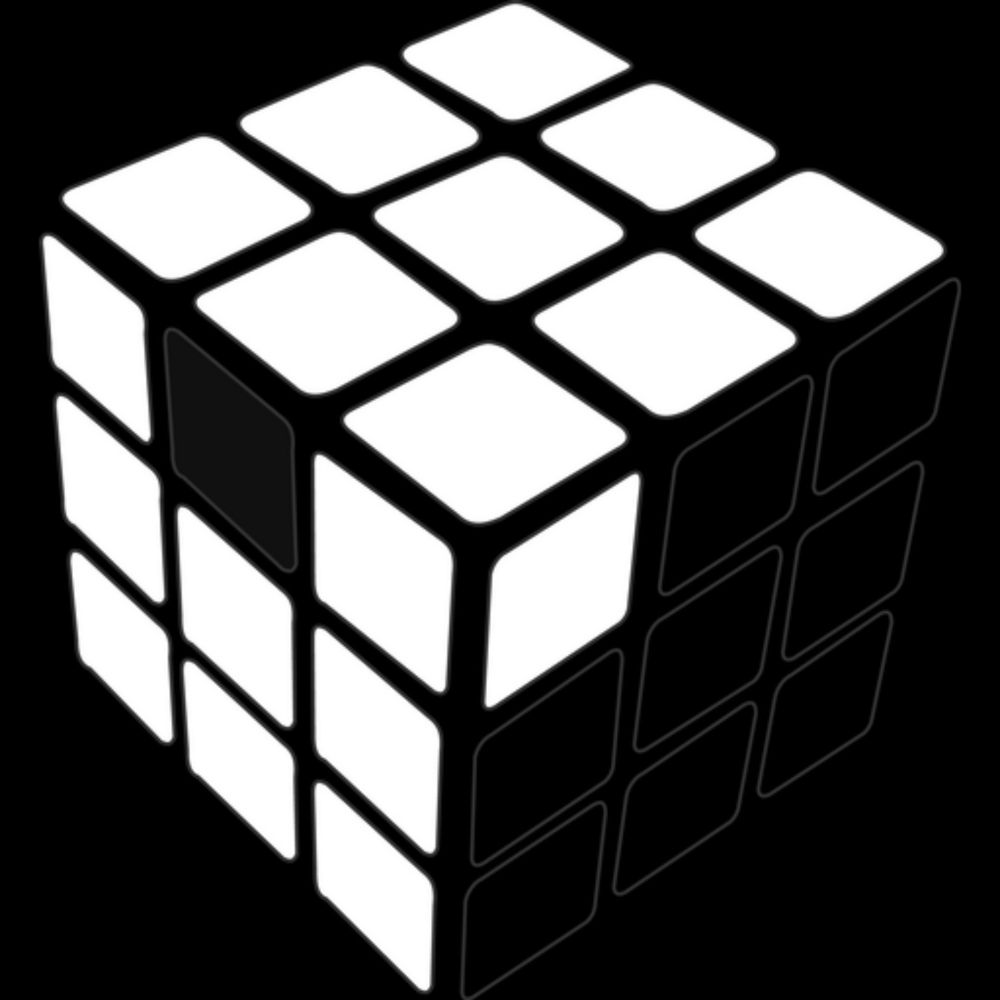
How Dijkstra's cry for generalization led to more focus on general language constructs, dynamic solutions, and machine-independent language design, in the interest of correctness and reliability. - a good read ..
dijkstrascry.com/node/4




Bartender: you need to buy a drink first
Me: ok, I'll have a Coca-Cola Zero
Bartender: is Diet-Pepsi ok?
Me: Sure. how much?
Bartender: that's $3.00
Me: good. so what's the WiFi password?
Bartender: you need to buy a drink first
no spaces no caps.
(Via Threads)
Bartender: you need to buy a drink first
Me: ok, I'll have a Coca-Cola Zero
Bartender: is Diet-Pepsi ok?
Me: Sure. how much?
Bartender: that's $3.00
Me: good. so what's the WiFi password?
Bartender: you need to buy a drink first
no spaces no caps.
(Via Threads)



I am studying Dancing Links, a technique Knuth developed as part of his Algorithm X, designed to solve Exact Cover problems. (1/2)
I am studying Dancing Links, a technique Knuth developed as part of his Algorithm X, designed to solve Exact Cover problems. (1/2)
link to the blog post: kevinlynagh.com/rust-zig/

link to the blog post: kevinlynagh.com/rust-zig/
(paraphrasing)
"flatMap/monad is the dolby for programmers. It allows us to amplify the happy path and itself takes care of the noise in error handling" - anyone remember the exact quote ?
(paraphrasing)
"flatMap/monad is the dolby for programmers. It allows us to amplify the happy path and itself takes care of the noise in error handling" - anyone remember the exact quote ?
Kudos to an amazing SD ‘25 🤩⚡️



Kudos to an amazing SD ‘25 🤩⚡️




gpuopen.com/learn/boosti...

gpuopen.com/learn/boosti...


rope in Zed has a very clever implementation. It's implemented in terms of SumTree, a thread-safe, snapshot-friendly, copy-on-write B+ tree. (1/2)
rope in Zed has a very clever implementation. It's implemented in terms of SumTree, a thread-safe, snapshot-friendly, copy-on-write B+ tree. (1/2)

